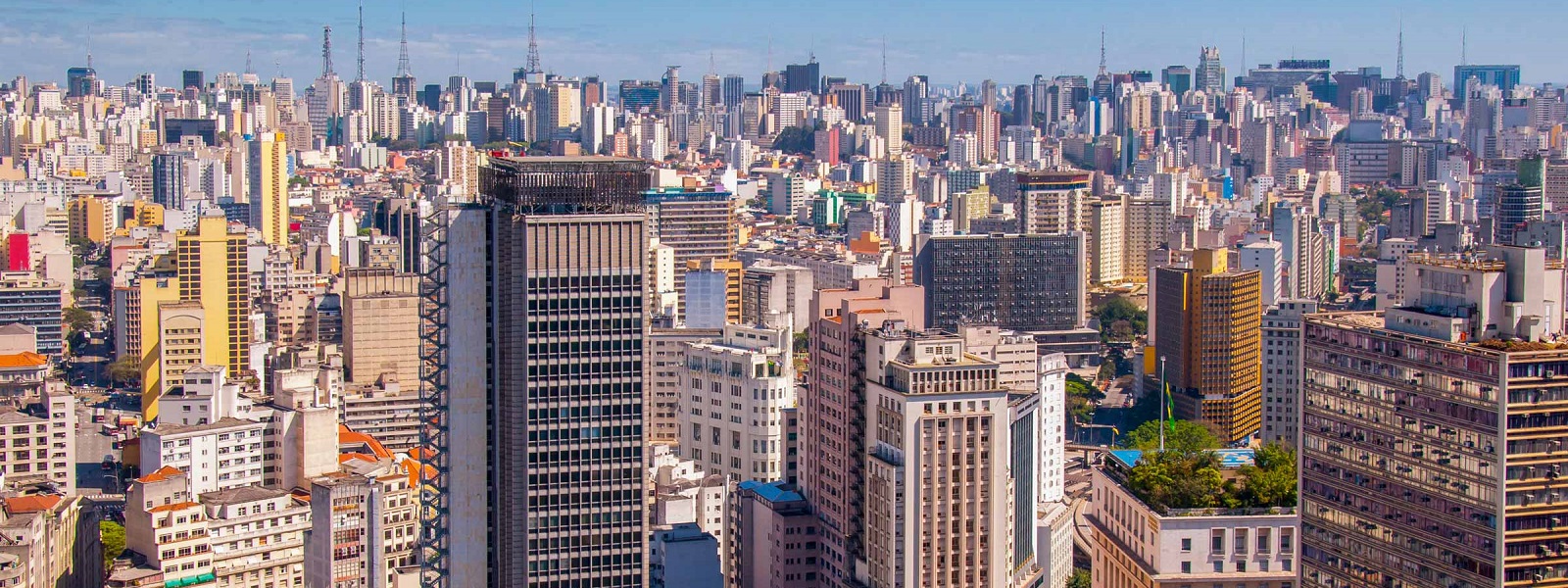Loan and bond issuance by borrowers/issuers in Latin America and the Caribbean (LatAm) in international debt markets dropped significantly over the first nine months of 2023. But after a slow start, momentum is beginning to build across the region’s debt markets.
As of the end of Q3 2023, Debtwire figures show that reported leveraged and non-leveraged loans in LatAm came in at just under US$7.5 billion, down 43% from the US$13 billion recorded over the same period in 2022.
High yield and non-high yield bond issuance also dropped, falling 15% year-on-year from US$59.4 billion for the first three quarters of 2022 to US$50.2 billion over the same period in 2023.
As in other markets, a combination of persistent inflation, rising interest rates and muted demand from borrowers and bond issuers to take on more debt put the brakes on many new deals.
However, some borrowers and issuers were able to continue accessing international debt markets. Banco do Brasil placed a US$750 million bond and petrochemical group Braskem raised a US$1 billion unsecured bond, while in foreign currency loan markets, Brazil-based data center company Ascenty secured a US$825 million loan facility and Brazilian utility business Thalassius secured a loan facility for US$830 million.
Notwithstanding some activity in cross-border dealmaking, many more issuers and borrowers have tended to turn to domestic markets to service their capital needs, relying on established relationships with local banks to provide access to financing during periods of volatility.
Improving outlook
After a tough start to the year, the outlook for the rest of 2023 and 2024 is improving as inflation subsides and growth forecasts brighten.
The region’s central banks moved early to tackle rising prices with interest rate hikes and are reaping the benefits. Double-digit inflation in the two biggest economies in the region—Brazil and Mexico—has fallen into the single digits as a result of a series of proactive interest rate increases, thus coming in lower than earlier forecasts from a Bloomberg survey of economists. Similarly, reports on inflation have also come in below forecast in Peru, Chile and Colombia.
At the same time, notwithstanding the rate hikes by LatAm central bankers, economic growth has not been inhibited to the degree that economists expected—both Brazil and Mexico have surpassed growth forecasts early in 2023.
As inflation stabilizes and LatAm economies continue to expand, international investor appetite for exposure to the region’s debt markets is building, improving the prospects for issuers and borrowers in the region who intend to raise debt capital in the months ahead.
Sustainability driver
Notable debt deals that have closed through Q3 2023 include Argentine state oil company YPF securing a US$375 million loan from the Development Bank of Latin America and the Mexico-based food business Grupo Bimbo obtaining a US$125 million revolving credit facility.
These loan deals focused on energy transition and sustainability, which are propelling deal-making in LatAm as in other regions. The loan to YPF, for example, was issued specifically to finance its energy transition by overhauling refineries to scale up its production of low-sulphur fuels. The Grupo Bimbo facility has been linked to sustainability key performance indicators that, if met, will grant the business a discount on the interest rate costs of the financing.
Other recent green- and sustainability-related deals include a US$480 million loan to power company Conexión Kimal-Lo Aguirre to develop a decarbonization project in Chile and a pair of loans worth a combined US$300 million issued to Peruvian social housing company Fondo MiVivienda to finance sustainable housing projects.
Start-ups turn to venture debt providers
The LatAm debt markets have also seen growth in the nascent-for-the-region but fast-growing venture debt space.
While the global slowdown has slowed the pace of venture equity investing in the region, the LatAm startup community has increasingly turned to loan providers for capital. According to figures from the Association for Private Capital Investment in Latin America quoted by Bloomberg, debt accounted for approximately a third of all capital accessed by LatAm start-ups in H1 2023, the highest proportion on record.
Venture debt has been used in the US and European markets for a number of years, but until recently, it was rarely a feature in LatAm financing arrangements. As equity investment has slowed, however, founders have had to turn to other sources of financing.
Venture debt facilities come with high-interest rates, but for founders reluctant to take on equity investments at reduced valuations and facing few other options for securing capital, venture debt has provided a lifeline.
Making headway
Looking ahead to the final quarter of 2023 and into 2024, LatAm’s debt markets will continue to face challenges, but we expect it to rebound with support from sustainable financing and venture debt.





